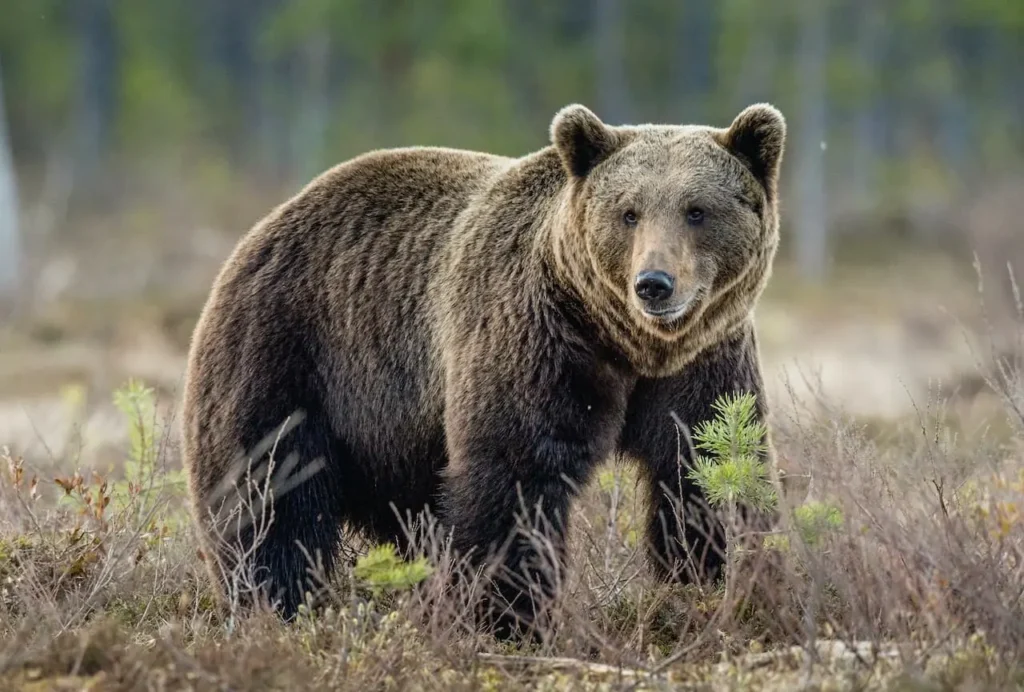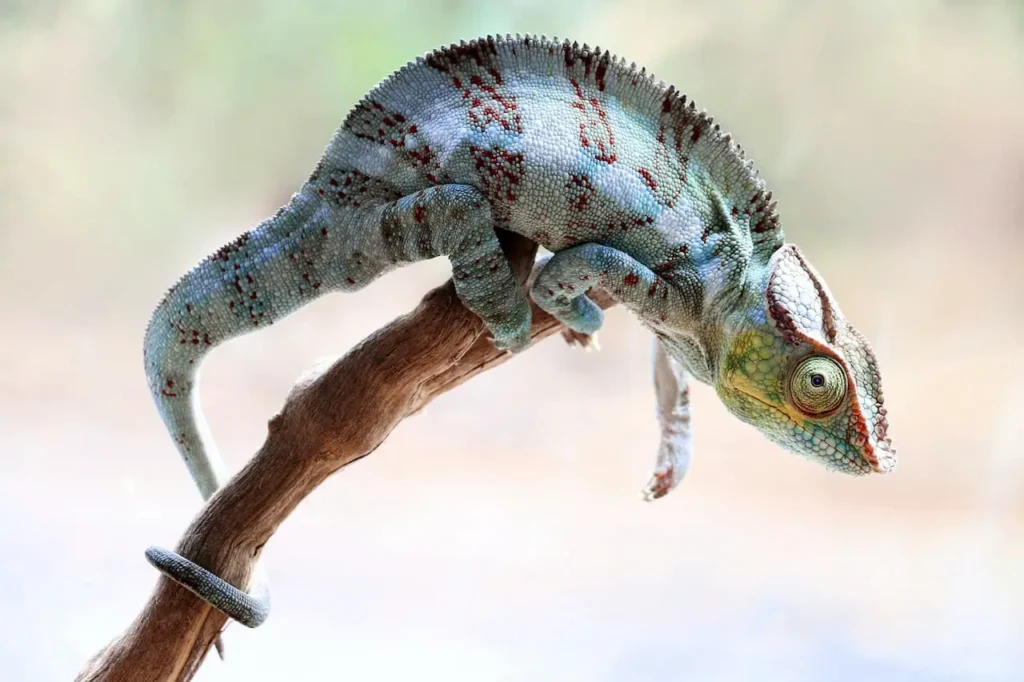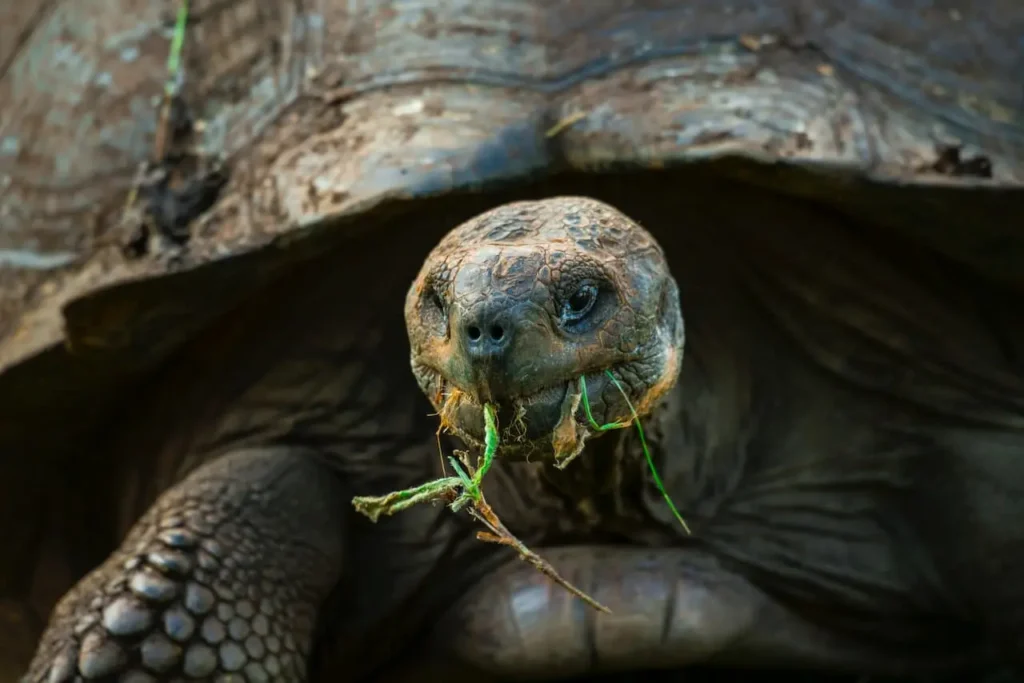What Is An Omnivore?
Categories
- Accipitridae (1)
- Acrididae (1)
- Algae (2)
- Alligatoridae (1)
- Amoebidae (1)
- Amphibians (3)
- Anatidae (1)
- Anguillidae (1)
- Arachnids (2)
- Bears (2)
- Big Cats (3)
- Birds (13)
- Bovidae (5)
- Bufonidae (1)
- Camelids (1)
- Cameras (1)
- Canines (13)
- Caridea (1)
- Carnivora (10)
- Castoridae (1)
- Cats (5)
- Cebidae (1)
- Cephalopod (1)
- Cervidae (2)
- Cetacean (1)
- Chondrichthyes (1)
- Crocodilia (2)
- Crustaceans (4)
- Culicidae (1)
- Cyaneidae (1)
- Dasypodidae (1)
- Dasyurids (1)
- Deer (1)
- Delphinidae (1)
- Desktop (1)
- Didelphidae (1)
- Dinosaurs (1)
- Dogs (13)
- Dolphins (2)
- Echinoderms (1)
- Education (10)
- Elephantidae (1)
- Equine (1)
- Erethizontidae (1)
- Erinaceidae (1)
- Farming (1)
- Felidae (5)
- Fish (5)
- Food Chain (31)
- Food Web (2)
- Formicidae (1)
- Frugivore (1)
- Gaming (1)
- Gastropods (1)
- Giraffids (1)
- Great Apes (2)
- Health Conditions (3)
- Herbivore (4)
- Hi-Fi (1)
- Hippopotamidae (1)
- Hominidae (1)
- Insects (10)
- Invertebrates (2)
- Keyboards (1)
- Laptops (1)
- Leporidae (1)
- Mammals (23)
- Marsupials (4)
- Mephitidae (1)
- Microchiroptera (1)
- Mollusks (2)
- Mongoose (1)
- Muridae (1)
- Nocturnal Animals (1)
- Odobenidae (1)
- Omnivore (2)
- Phasianidae (1)
- Phocidae (1)
- Plankton (1)
- Plants (2)
- Primate (1)
- Ranidae (1)
- Reptiles (7)
- Rhinocerotidae (1)
- Rodents (5)
- Salamandridae (1)
- Scarabaeidae (1)
- Sciuridae (2)
- Sharks (1)
- Shellfish (1)
- Sound (1)
- Spheniscidae (1)
- Suidae (1)
- Superfamily Papilionoidea (1)
- Theraphosidae (1)
- What Eats (5)
The word omnivore is based on the Latin word “omni,” which means, “all,” or “everything.”
What is an Omnivore Example
An omnivore animal can eat and digest plant matter and animal material as its main diet.
The omnivore is a flexible and opportunistic eater. They have learned to adapt their ability to take in nutrition from a variety of food sources. This makes them different from herbivores, which eat only plants, and carnivores which eat only meat. Many key traits distinguish and identify omnivorous animals.
Omnivores: Characteristics
The digestive system, enzyme profile, and hunting behaviours of omnivores are specific, allowing them to thrive and consume both animal and plant materials for their primary diet.
Table of Contents
Toggle
What Is An Omnivore
Omnivore Diet
Omnivores do not eat only animal or plant foods. The proportion of vegetables and meats consumed by omnivorous animals depends on the season, their habitat and food availability.
They eat a wide variety of foods, including plants and animals. Eggs, insects, mushrooms, seeds, almonds, fruits, vegetables and fish are all common omnivorous foods.
The proportion of animal to plant content can vary significantly depending on the species and the surrounding environment. For example, bears can become primarily carnivorous during salmon-spawning season, but switch back to a more plant-based diet once salmon runs are over.
Raccoons are very flexible in terms of their diet. They eat frogs and eggs as well as nuts and fruits depending on the availability. Omnivores do not eat only plants or meat, but a combination of the two.
Omnivore Digestive System
The digestive system of omnivores is capable of digesting both animal fats and proteins as well as plant fibers such cellulose. They can digest and break down a wide variety of food, unlike cows who can only eat plant-based cellulose.
The digestive systems of omnivores, such as chickens, are designed to process eggs and meat for protein as well as digesting seeds and plants. Omnivores have a flexible gut that can absorb nutrients from a variety of sources.
For example, some omnivores even have developed digestive or dental traits that help them digest and consume all types of food. Bears, for example, have sharp teeth and powerful jaws that can grind up plant material.
They can digest vegetation, fruits, and meats thanks to their short intestines. The raccoons’ nimble feet allow them to feed on many different items including fruits, nuts and birds. Omnivores can digest a wide variety of food, which sets them apart.
The Foraging Behavior
The majority of omnivores forage by chance and are not specialist hunters. Food selection is largely influenced by seasonal abundance and availability in their habitat, rather than by intrinsic preferences.
Omnivores have a flexible feeding pattern, changing food types depending on the accessibility. For example, crows will hunt fruits, seeds and insects as well as mice, eggs and other prey based on their foraging experience.
The bear is capable of hunting fish and other vertebrates, but he also spends a lot of time eating grasses, roots, berries, etc. Omnivorous eating patterns include consuming fruits, vegetables and small animals while also hunting them.
Omnivores do not spend energy hunting specific prey, but instead take advantage of the seasonal food available. It allows for more generalized, opportunistic feeding.
The Benefits of Being an Omnivore
Being an omnivore has several advantages over being a carnivore, or herbivore. Omnivores’ flexible foraging and dietary adaptations provide distinct evolutionary advantages.
Omnivore Flexible Diet
Omnivores have the greatest advantage in terms of dietary variety and flexibility. The omnivore is not restricted to a specific meat or plant food source but has a variety of choices.
Omnivores will switch to another food source if a plant in their habitat declines or if prey is scarce. The omnivores’ diet changes according to seasonal availability. Cheetahs, on the other hand, can only consume meat. They will starve if they lose their prey.
The koala eats only eucalyptus. Crows are omnivores and can survive on chicks and mice, as well as seeds and fruits.
They can adapt to changing environments and take advantage of different food sources.
Omnivore Healthy Nutrition
Omnivores have a varied diet, which allows for a more balanced nutritional intake. Plants contain carbohydrates, fibre, vitamins and minerals. Animal proteins provide essential amino acids and fatty acids as well as unique micronutrients such as vitamin B12, which plants do not have.
Omnivores can reduce the risk of nutritional deficiency, which could impact their health or survival. To meet their protein requirements, herbivores require special fermentations or microbes that work in symbiosis.
Carnivores are deficient in key nutrients such as Vitamin C if they do not consume organ meats and occasional fruits. The dietary variety of omnivores provides them with a complete and balanced diet from multiple sources. This reduces the risk of malnutrition.
Omnivores, on the other hand, benefit from a flexible diet in terms of survival and fitness.
Omnivore Survival Adaptability
The ability of omnivores to adapt and survive in new or changing environments is higher. They can thrive and survive in more climates and environments because of their flexible diet, which includes a variety of food types.
Quail, an omnivorous bird that can survive in desert conditions by eating seeds, leaves, insects and other plant material, is one example. The omnivorous tropical fish can exploit different niches.
Omnivores are more resilient to a decline in prey or a shortage of plants because they do not depend on relying solely on one type of food. They can adapt to different climates because of their generalistic feeding habits.
Combining this with the ability to adapt their diet, omnivores have an evolutionary edge over specialists. It is this adaptability that allows omnivorous animals to thrive in diverse environments and landscapes.

Omnivore
Omnivorous Species Examples
Many animal species, including mammals, birds, and reptiles exhibit an omnivorous diet. Omnivory is widespread across evolutionary lines, proving that it’s an adaptive trait.
Omnivore Mammals
The largest group of omnivores are mammals, which include bears and raccoons as well as primates, rats and pigs. The bear is a prime example of an omnivorous mammal. It eats berries, fish, grasses and insects depending on the season.
Raccoons can adapt their diet by eating mammals, insects, amphibians and plants. They will also eat human food. Primates such as chimpanzees consume a variety of foods from vegetation to termites.
Rats and squirrels, for example, are very adaptable and can survive on scraps, plants and seeds. Mammals are among the most omnivorous animals, eating both plants and meat.
Omnivore Birds
Crows are among the many birds that can eat anything, such as starlings and turkeys. Crows eat a wide variety of foods, such as fruits, nuts and chicks. They also eat insects, worms and carrion. Turkeys eat a variety of foods, including seeds, greens, grasses and insects.
Mynahs will eat whatever they can, from beetles and geckos to nectar. Omnivorous birds have a beak and a foot shape that reflects their ability to eat varying food items, such as hard nuts and seeds or slippery fish. Avian omnivores can eat a wide variety of foods.
Omnivore Reptiles
Iguanas are omnivores that eat both plants and animals. They eat fruits and leaves, seeds and insects, but also occasionally meat. Geckos often eat plant nectar, ants and other insects.
Tortoises are grazers, but will also consume worms or larvae when they come across them. The diet of monitor lizards is varied, with fruit, insects, crustaceans and fish as well as eggs. Reptilian Omnivores are omnivores, and their diets include a wide variety of foods.
Omnivore Amphibians
Like frogs and amphibians, they are omnivorous, beginning with insects, then moving on to other foods such as aquatic plants, worms or even fungi, when mature. As with salamanders, they start off by eating insects, but as they grow older, add fruits and vegetation.
It has been observed that newts consume plant matter such as algae or mosses, along with insects and worms. Various amphibians eat more than just insects. They also eat plant material and animal matter.
Omnivore Fish
Many tropical fish are omnivorous to feed on the diverse foods found in rivers and coral reefs, such as plant material, algae, shrimp and detritus.
Cichlids are examples of omnivores that can adapt their diets to include both plants and meats depending on the habitat. Tilapia, for example, can actively search out insects or filter-feed on plants. They are omnivorous fish.
Omnivore Invertebrates
Invertebrates like cockroaches are omnivorous, consuming plant material as well as animal proteins like meat or grease. The ants can also harvest sugar excretions or sap from plants, but they will also hunt for insects and consume animal remains.
Many crabs are omnivorous opportunists. They feed on detritus, vegetation, worms and carrion.
In order to complement their insect prey, spiders have also adapted in order to obtain key nutrients through flowers and nectar. Diverse invertebrate species have evolved omnivorous eating habits.
Omnivory: Evolutionary advantages
Over time, omnivory has been favored by a number of evolutionary and selection forces that have led to the emergence in different animal lineages.
Omnivore Flexible Diets
It was possible for species to live in more environments and habitats by consuming multiple types of food. Omnivores with a generalist approach could more easily colonize new ecological niches than specialists.
The flexibility of the diet allowed for adaptation to different environmental conditions, and this increased survival. This flexibility allowed for species to exploit different food sources in a more opportunistic manner, resulting in greater resilience. The benefits of omnivores increased fitness and reproduction success.

What Is An Omnivore Omnivore Examples
Foraging for Food at Odds
The omnivores adopted generalist eating habits that enabled them to exploit seasonal food resources. Instead of focusing on specific prey species, they were able to eat a variety of plant and animal foods available at various times throughout the year.
The opportunism of this group increased their ability to take advantage of seasonal food abundances, and annual pulses. This made them less reliant on a single food.
Environment Change and Adaptability
Omnivorous animals are better equipped to adapt and cope with environmental changes and habitat shifts due to the flexibility of their diet and their foraging. They could change their diet if certain food items declined or were no longer available.
It also provided greater resilience compared with specialized herbivores and carnivores that were dependent on a narrow diet. The ability to adapt gave omnivores an evolutionary edge in environments that were changing.
Access to a wider range of nutrients
Mixed diets provide a variety of nutrients that may confer health benefits to omnivores compared with specialized meat or plant eaters.
The access to a wider range of macro- and micronutrients may have improved physiological health and growth as well as development and longevity. This could provide evolutionary fitness benefits. They were able to buffer themselves against shortages thanks to the balanced diet.
Tools for Use
Some intelligent omnivores like primates have evolved complex tool-use behavior to gain access to foods such as insects, honey and nuts, which are difficult to get otherwise.
The use of tools became an adaptation which gave us a major evolutionary advantage, allowing access to high-value nutrients that were not directly accessible. These tools allowed for the use of alternative foods.
Omnivorous animals have evolved to be more successful than specialized feeders because of their dietary flexibility and ability to forage. They also adapt well to changing habitats and can take advantage of the seasonal food.
FAQ
Which mammals are omnivorous?
Humans are omnivorous, as well as bears and pigs. Other examples include squirrels, chipmunks (including chipmunks), raccoons (such a raccoon), opossums (such a opossum), baboons (such a chimpanzee), and rats.
The bears have evolved to consume a wide variety of foods, from rodents and salmon to grasses and roots. This diet is dependent on the season. Raccoons are incredibly flexible in their diet, eating anything from crayfish and eggs to nuts and fruits.
Baboons, for example, eat a variety of foods, including flowers, fruits and seeds. They also eat meat, such as rabbits, on occasion. Rodents and squirrels can survive on a wide variety of foods, including plants, nuts and grains. They may also eat insects and eggs.
All these animals are flexible feeders and consume both animal and plant matter. This is in contrast to specialized carnivores and herbivores.
What are the health benefits of an omnivorous versus a specialized diet?
Omnivores’ varied diet provides a more complete and balanced nutrition because they can access different macro-and micronutrients by consuming food from different sources. The plants provide fiber, carbohydrates and vitamin C and K.
The animal foods are high in protein, contain all the essential amino acids and healthy fats. They also provide micronutrients such as B12, DHA and others. The variety of nutrients helps to prevent deficiency. In order to get enough amino acids and vitamins, herbivores need symbionts or gut fermentation.
Carnivores who do not consume organ meats and fruits can develop scurvy. The omnivore diet can help to prevent such deficiencies and improve health.
What adaptations allow birds to thrive with omnivorous diets
Crows are one example of a bird that has evolved behaviorally and morphologically to be omnivorous. They can crack nuts, seeds, and insects with their beaks.
The ability to perch on trees and grasp prey with strong feet is also possible. Diverse enzyme profiles aid in the digestion of proteins, carbohydrates, fats and other nutrients. Food flexibility is achieved through scavenging, opportunistic hunting and foraging.
Chicks can be fed both insect and plant matter through nest-building. Some species also have developed relationships with animals that help them locate food. Birds are able to consume a variety of omnivorous foods because they have adapted their physical and behavioral characteristics.
What is the evolution of omnivorous fish diets?
Numerous tropical fish have evolved adaptations to omnivorous diets, allowing them to benefit from the variety of food available on coral reefs or rivers.
Goldfish, catfish, and other fish can feed on plants in the water when they are available. They also hunt for small insects to exploit both substrates. Diverse diets provided a resilient system in the event of a decline in one source of food.
Tilapia, for example, has evolved to be able to change between actively hunting insects or grazing algal growths as required. This flexibility in diet allowed fish to adapt to changing aquatic conditions, and to access more nutrients. In tropical environments, omnivorous behavior enhanced the fitness and survival of many species.
Are there any differences in the dentition of omnivores compared with herbivores or carnivores?
Since they don’t need to be specialists in plants or meat, omnivores do not often display the same extreme dental specializations that pure carnivores and herbivores do.
Some omnivores however have evolved adaptations. For example, bears which possess sharp teeth in the front to catch prey and strong molars for grinding fibrous plants. The pointed teeth of raccoons are used to tear and grip meat, as well as grasp fruits.
The teeth of primates are varied, with canines that serve as a tool for eating fruits/seeds while incisors function to chew. The omnivore’s teeth are a reflection of their adaptation to a flexible diet, rather than extreme specialization like herbivores and hypercarnivores.
The conclusion of the article is:
The ability of omnivores to consume, and then survive with, a variety of plant and animal products is what defines them. The digestive enzymes and guts of omnivores allow them to consume a wide variety of food.
These adaptations in diet and foraging provided evolutionary advantages over strictly carnivorous or herbivorous organisms. By utilizing more food resources, omnivorous species were able populate and spread across a wide range of environments.
